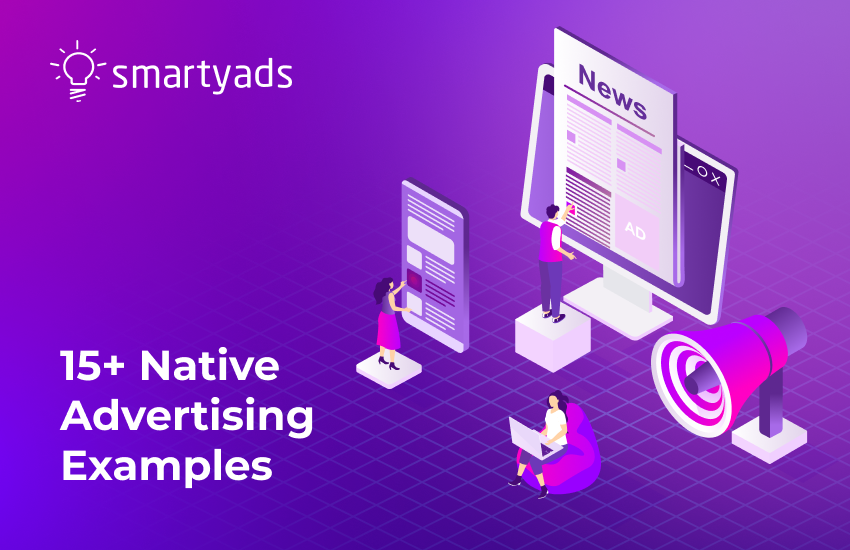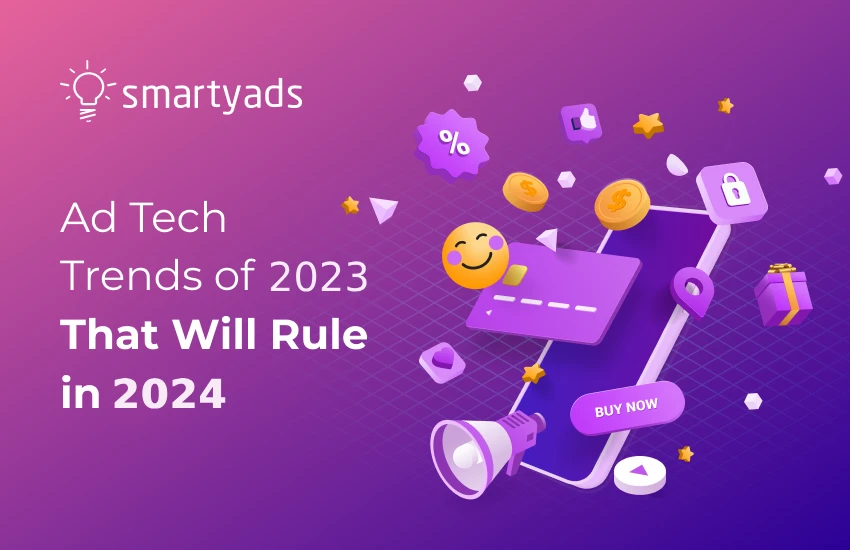In today's post-innovation age, the way brands communicate with their audience has evolved dramatically. Amidst the clutter of banner ads, pop-ups, and video interruptions, a new form of digital advertising has emerged, offering a breath of fresh air: native advertising.
Before we delve deeper into the benefits, best practices, and ways to approach native ad campaigns, let's first ask: "What is native advertising?"
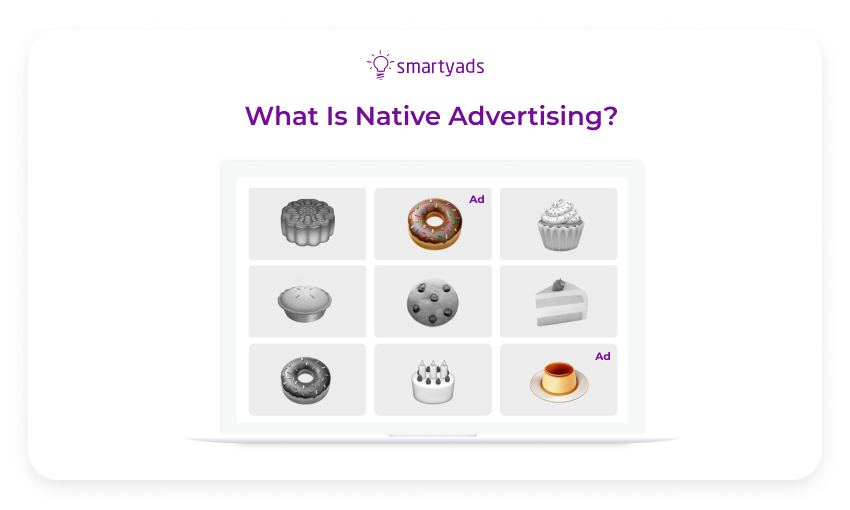
Simply put, it is an approach where ads, often referred to as native ads, are presented in a way that feels natural and consistent with the platform they appear on.
Instead of standing out like traditional ads or pop-ups, these ads blend seamlessly into the content, making them less intrusive and more engaging.
Imagine scrolling through your favorite social media feed and coming across a post that looks and feels like any other post but it's subtly promoting a product or service. That's a great example of native advertising in action.
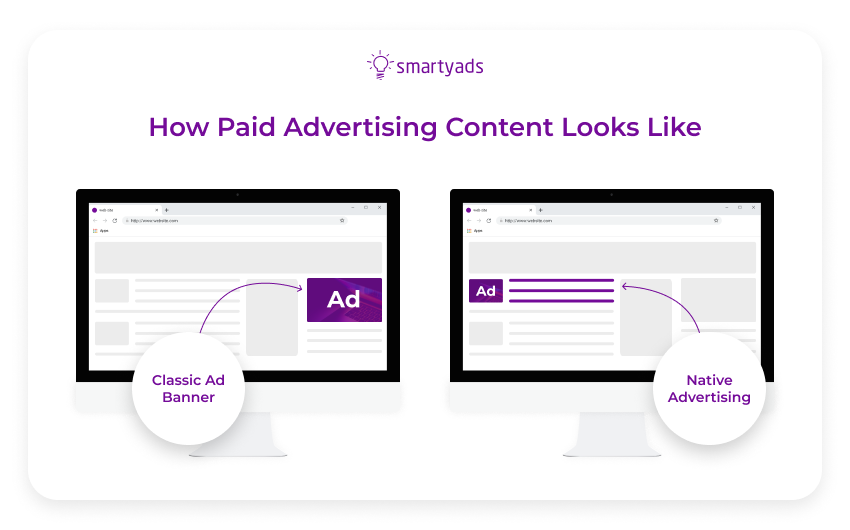
The beauty of native advertising lies in its ability to provide value without disrupting the user's online experience. It's like having a conversation with someone who understands your interests and offers recommendations without being pushy.
What is even more important to know is that native ad spending is growing and is projected to reach $30.88 billion in 2023 (in the U.S. only).
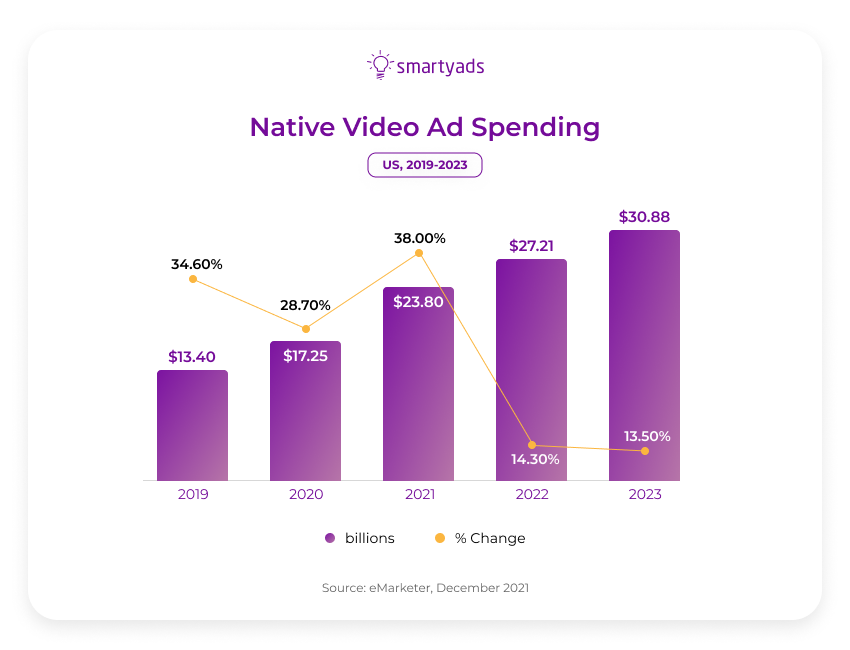
Native content is a common example of how brands can build brand awareness and foster a positive association with their target audience.
As we delve deeper into this topic, we'll explore its benefits, showcase real-world native advertising examples (2021 and later years of release), and offer insights on how to make the most of this innovative advertising approach.
Native advertising vs. traditional advertising
At its core, a native advertising campaign is all about integration. Unlike the glaring and often disruptive nature of traditional ads, native ads are designed to fit seamlessly into the platform they're presented on.
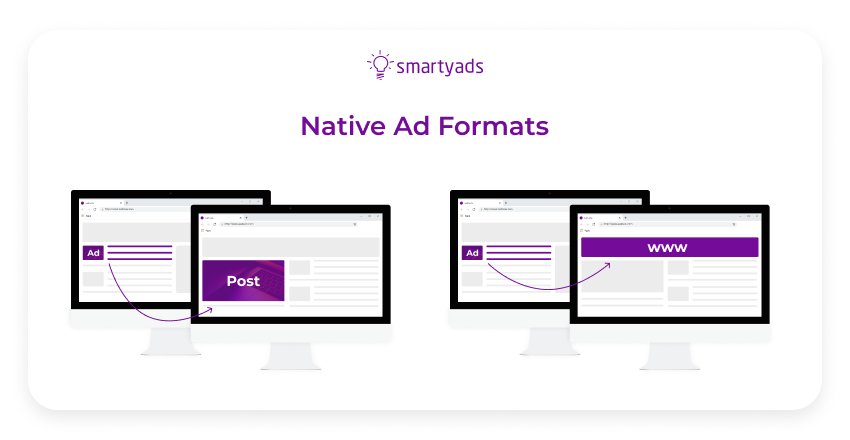
Whether it's a social media feed, a news website, or even a mobile app, native ads feel like a natural part of the content flow. This makes them less jarring and more palatable to Internet users.
Here's the breakdown of the key differences between traditional and native advertising:
Appearance
- Native Advertising: Blends seamlessly with the platform's content;
- Traditional Advertising: Stands out distinctly from the content, often interrupting the user's flow.
User Experience
- Native Advertising: enhances the user's experience by being non-disruptive;
- Traditional Advertising: can disrupt the user's experience with pop-ups, banners, etc.
Engagement
- Native Advertising: higher engagement as it resonates with the user's current activity;
- Traditional Advertising: lower engagement due to its overt promotional nature.
Content Relevance
- Native Advertising: native content is tailored to fit the context of the platform and the user's interests;
- Traditional Advertising: generalized content that might not always align with the user's preferences.
Perception
- Native Advertising: often perceived as informative or entertaining, adding value to the user's journey;
- Traditional Advertising: can be perceived as intrusive or irrelevant, leading to ad fatigue.
Benefits of native advertising
Higher Engagement Rates
At the heart of native advertising's success is its ability to resonate with audiences. Since these ads are designed to blend in, they often feel less like advertisements and more like content. This subtle approach encourages users to engage, leading to more clicks, shares, and overall interactions.
Better User Experience
Nobody likes being interrupted, especially when they're engrossed in reading an article or watching a video. Native ads respect the user's online journey by integrating seamlessly into the content. This non-disruptive nature ensures that users have a smooth and enjoyable experience, fostering positive associations with the brand.
Increased Brand Recall
Think about the last time an ad left a lasting impression on you. Chances are, it provided value or resonated with your interests. Native ads, with their contextual relevance, have a knack for sticking in users' minds. This leads to better brand recall, ensuring your brand remains top-of-mind for potential customers.
Improved Targeting
One of the standout features of native advertising is its ability to leverage data for precise targeting. By understanding user behavior, preferences, and demographics, brands can craft messages that speak directly to a specific audience. This personalized touch increases the likelihood of conversions and brand loyalty.
18 cross-platform native advertisement examples
The beauty of native advertising lies in its versatility. Across various platforms and mediums, native ads have found innovative ways to connect with audiences. Let's explore the best native advertising examples that showcase the adaptability and effectiveness of native advertising:
1. In-Feed Ads on Social Media
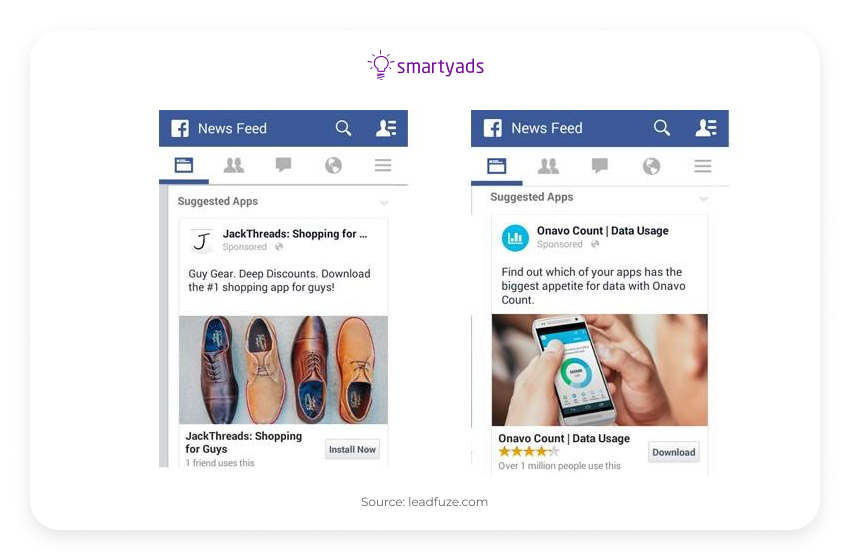
Examples of native advertising: You're scrolling through your Instagram feed, and amidst photos from friends and family, you come across a beautifully shot image of a travel destination, subtly promoting a travel agency's package deal.
Why they work: These social media ads mirror the look and feel of regular posts, making them less intrusive. They capitalize on the platform's visual nature, grabbing the user's attention and often leading to higher engagement.
2. Content Recommendations
Native advertising examples: After reading an article on a news website, you see a section titled "Recommended for You," featuring articles from various sources, some of which are sponsored native content.
Why they work: These recommendations feel organic, seamlessly integrating with the user's reading journey. They provide additional value by suggesting relevant content, making users more likely to click.
3. Search & Promoted Listings
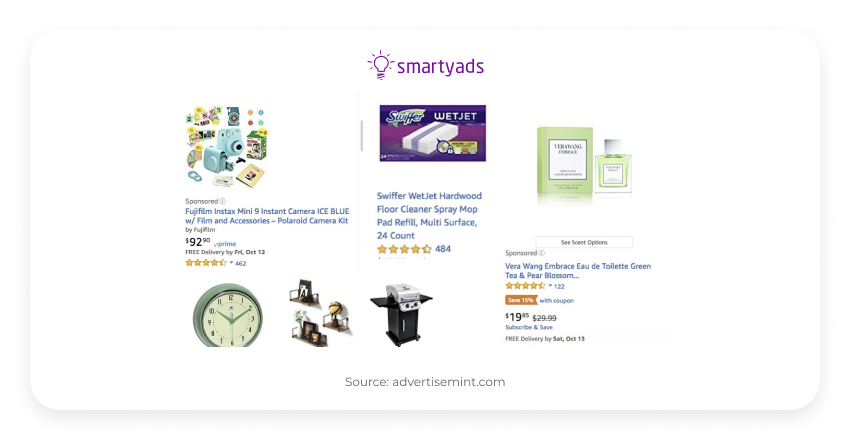
Native advertising example: While searching for a product on Amazon, the first few listings have a subtle "Sponsored" tag, highlighting products that align with your search.
Why they work: These listings capture immediate attention by appearing at the top of search results. They're relevant to the user's search intent, increasing the chances of a click or purchase.
4. In-Game Advertising
Native ads example: While playing a racing video game, you notice billboards showcasing real-world brands or a character wearing branded apparel.
Why they work: These ads enhance the gaming experience by adding a touch of realism. They're non-disruptive and can even serve as in-game landmarks or points of interest.
5. Sponsored Content (paid content)
Native advertising examples: On a popular news magazine's website, there's an article sponsored by a renowned furniture brand offering insights and presenting their agenda (sponsored content or sponsored posts).
Why they work: This sponsored content provides genuine value to readers, often packed with tips, insights, and visuals. The subtle promotion in this paid content feels like a natural extension of the content.
6. Branded Playlists on Music Streaming Platforms
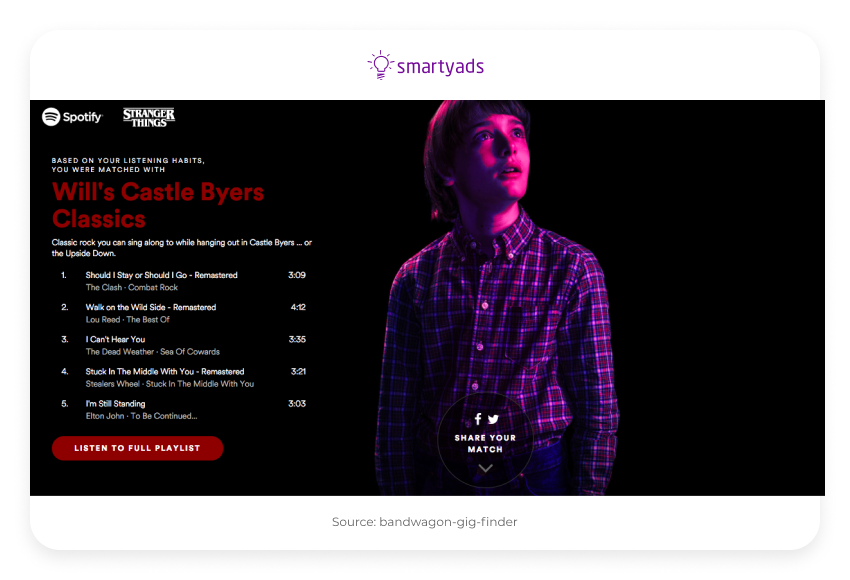
Native advertising example: On Spotify, you stumble upon a "Stranger Things" themed playlist curated by the show's marketing team and filled with songs that perfectly capture the mood of the series.
Why they work: Music evokes emotions, and associating a brand with a particular mood or moment can create a lasting connection. Users get a curated experience while the brand subtly reinforces its presence.
7. Interactive Sponsored Quizzes
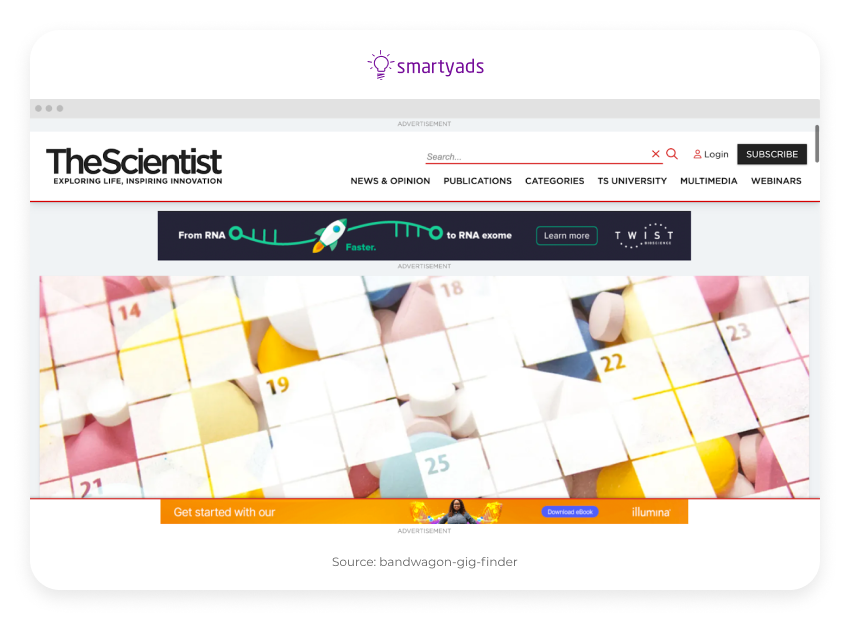
Native advertising example: The Scientist, an online science magazine, has a Sponsored Quizzes page where brands can connect with audiences through engaging polls. At the end of the quiz, users receive personalized product recommendations from the brand based on their answers.
Why they work: Interactive native content campaigns like quizzes engage users actively. By offering personalized results, the brand establishes a connection and presents its services in a tailored manner.
8. Native Video Content
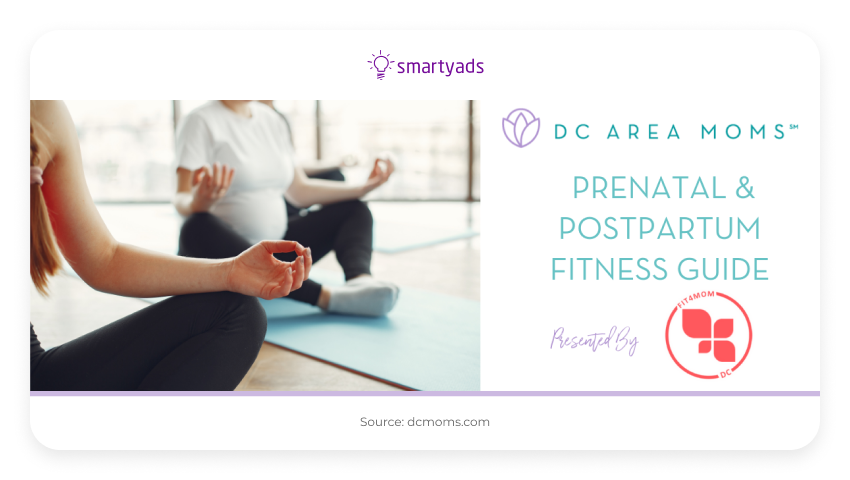
Native advertising example: While browsing a fitness app, you come across a workout video tutorial. The instructor uses equipment from a specific sports brand, and there's a link to purchase the same gear below the video.
Why they work: Video content is engaging and easy to consume. Integrating the product within the video makes the promotion feel natural, and viewers can see the product in action.
9. Sponsored Filters and Stickers on Social Media
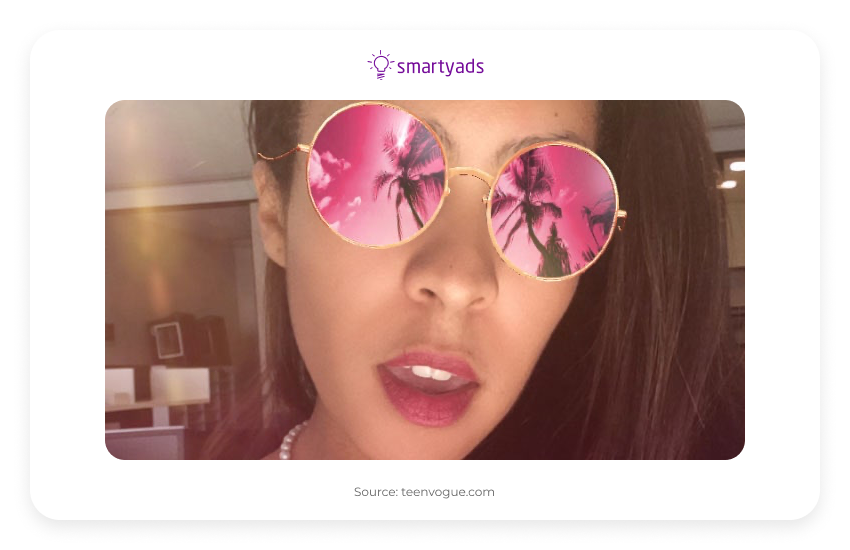
Native ads example: On Snapchat, there's a filter available for a limited time that lets users wear virtual sunglasses from a famous eyewear brand.
Why they work: These filters are fun and shareable. Users willingly promote the brand by using the filter and sharing their snaps, leading to organic brand visibility.
10. Branded Podcast Episodes
Native advertising example: A popular podcast series on entrepreneurship features a special episode sponsored by a business software company. The episode dives deep into efficient business management, subtly highlighting the software's features.
Why they work: Podcasts offer in-depth content, and listeners are highly engaged. By sponsoring native content that aligns with their product, brands can reach a targeted audience in a non-intrusive manner.
These native advertising examples underscore the diverse applications of native advertising. By understanding the platform and the audience, brands can craft native advertisements that promote and enrich the user's experience. This delicate balance of promotion and value makes native advertising a force to reckon with in the digital marketing arena.
11. Branded Chatbots on Messaging Platforms
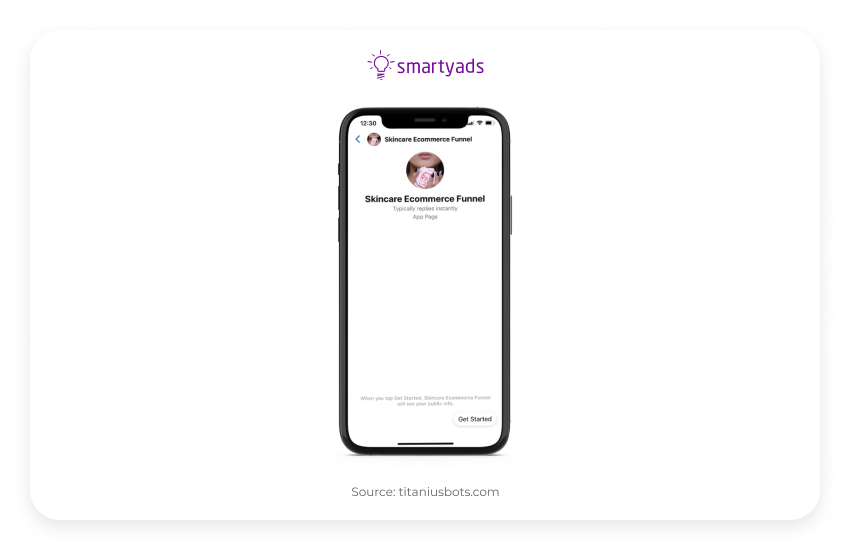
Native advertising example: On Facebook Messenger, a chatbot from a renowned skincare brand offers personalized skincare advice based on users' responses to a series of questions.
Why they work: Chatbots provide instant, tailored interactions. Users receive valuable advice while the brand subtly introduces its products as solutions.
12. Sponsored content on Interactive Maps
Examples of native advertising: A travel blog features an interactive map of a city's top attractions, sponsored by a local tourism board. As users hover over or click different spots, they see information, photos, and even hotel or restaurant recommendations.
Why they work: Interactive maps offer a visual and engaging way to explore content. The sponsorship feels like a helpful guide rather than a blatant advertisement.
13. Native Advertisement Units in Mobile Apps
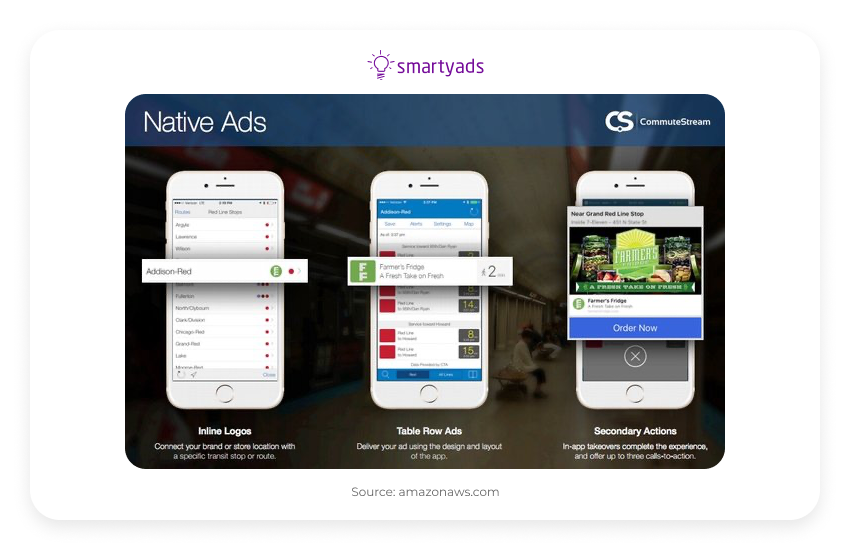
Native ads examples: In a weather app, after checking the day's forecast, a user sees a promotion for rain boots from a fashion brand tailored to the rainy weather prediction.
Why they work: This native ad example is contextually relevant, appearing when users are already thinking about weather conditions. It feels like a timely suggestion rather than an out-of-place ad.
14. Branded Challenges on TikTok
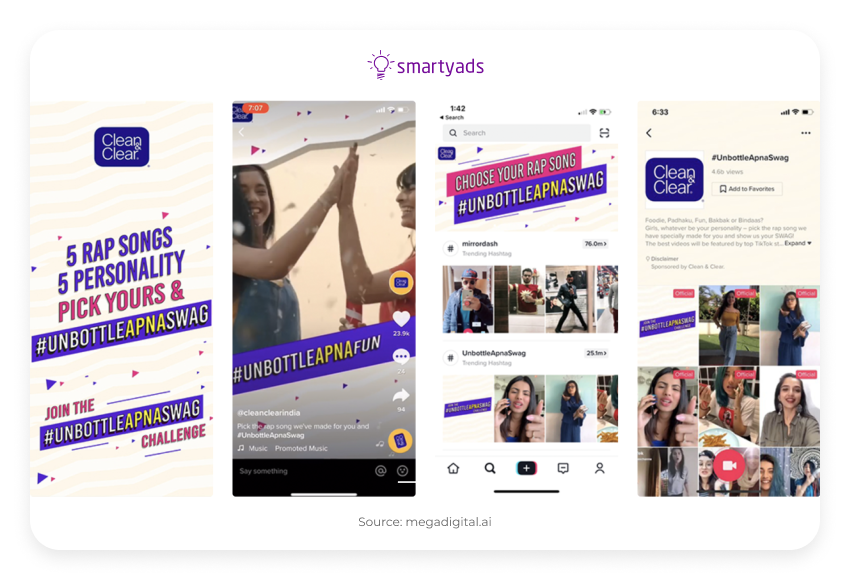
Native advertising example: A popular beverage brand initiates a challenge on TikTok, encouraging users to showcase their most creative summer drink using the brand's product, with a chance to be featured or win prizes.
Why they work: Challenges tap into the interactive and viral nature of platforms like TikTok. Users engage with the brand in a fun, memorable way, leading to organic brand promotion as the challenge spreads.
15. Sponsored Augmented Reality (AR) Experiences
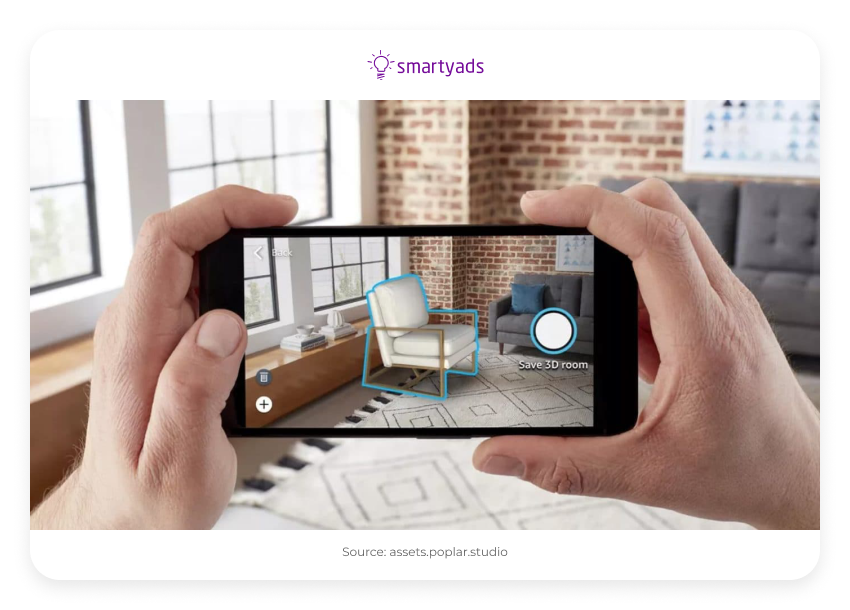
Native advertising example: On a home decor app, users can use AR to visualize how different furniture pieces would look in their actual living space. A leading furniture brand sponsors a special collection within the app, allowing users to virtually "place" their products in their homes before making a purchase.
Why they work: Augmented reality offers an immersive experience, allowing users to interact with products in a novel way. The sponsored collection feels like an added feature, enhancing the user's experience while subtly promoting the brand's products.
16. Branded Webinars and Workshops
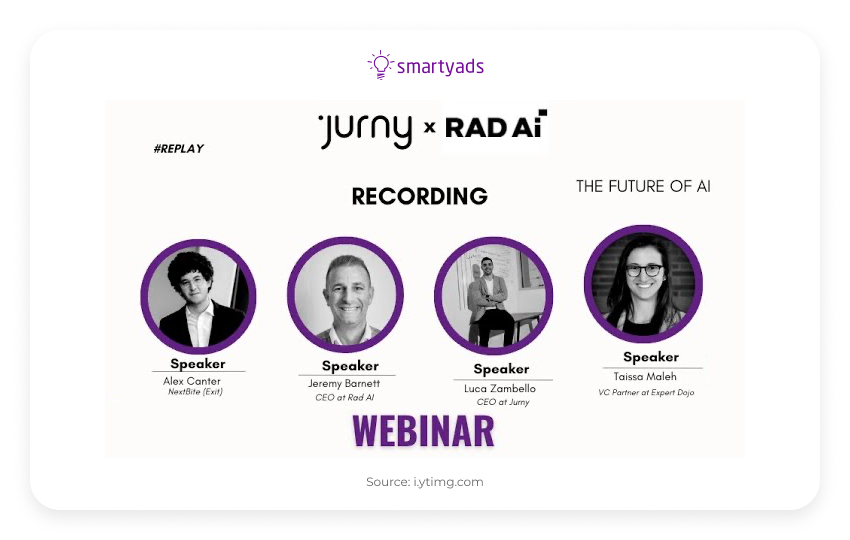
Native advertising example: A tech platform hosts a webinar on "The Future of AI," sponsored by a leading tech company. The webinar offers insights into AI advancements, with the sponsor showcasing their latest AI-driven products.
Why they work: Webinars and workshops offer in-depth knowledge on specific topics. By aligning with relevant brands, platforms can provide added value and expertise to their audience.
17. Sponsored eBooks, White Papers, and Reports
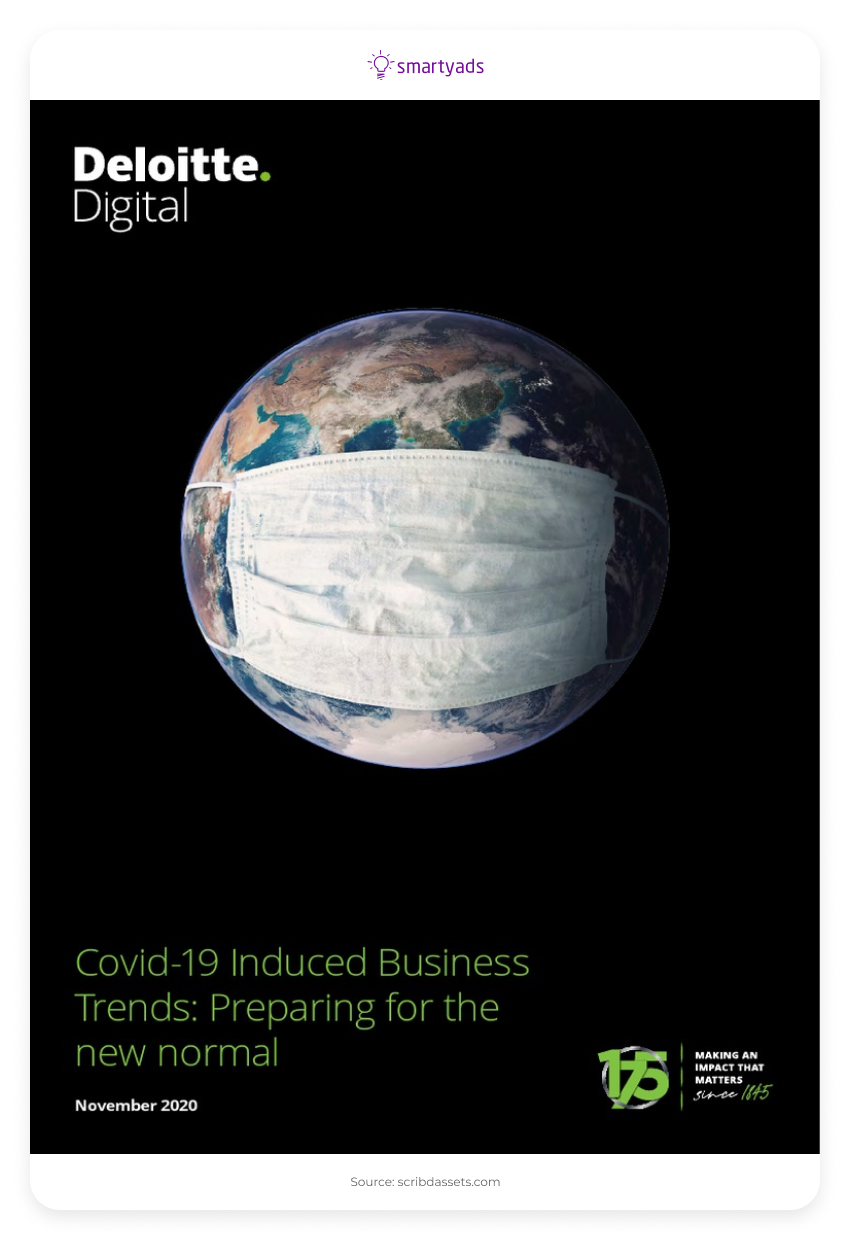
Native ads example: A business consultancy firm sponsors an in-depth white paper on "Emerging Market Trends in the Post-Pandemic Era," available for download on a reputable industry news site. The white paper, while offering valuable insights, subtly promotes the firm's expertise and services.
Why they work: eBooks, white papers, and reports are authoritative content forms that attract a niche audience seeking in-depth knowledge. By sponsoring long-form native content, brands can position themselves as thought leaders in their industry and reach a targeted audience.
18. Sponsored Interactive Polls and Surveys
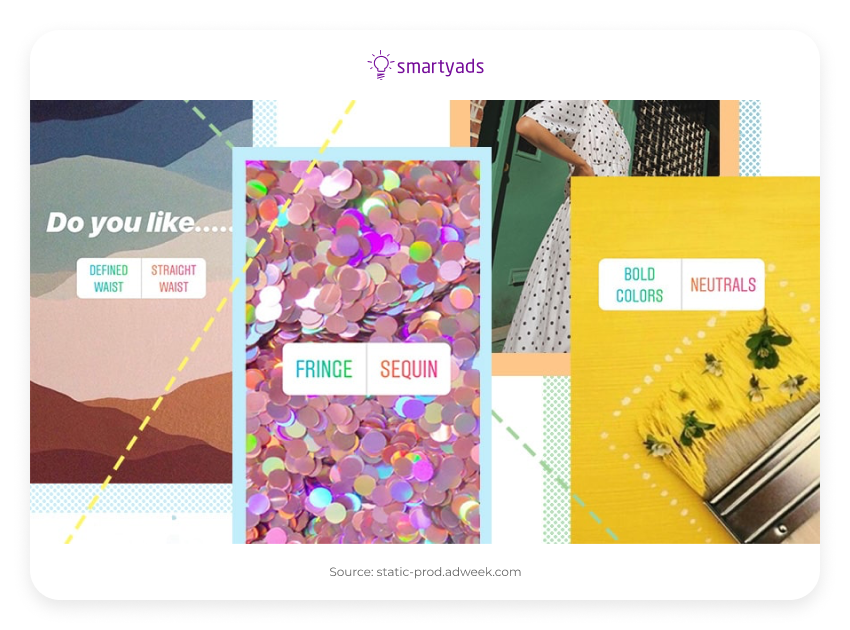
Native advertising example: On a fashion magazine's website, an interactive poll sponsored by a cosmetic brand asks users about their style preferences. At the end of the poll, users receive personalized product recommendations from the sponsoring brand based on their answers.
Why they work: Interactive polls and surveys engage users actively, capturing their preferences. By offering personalized feedback or recommendations, brands can create a tailored advertising experience that feels organic and relevant.
Best practices for native advertising
As the appeal of native advertising continues to grow, it's essential for brands to understand how to maximize its potential. Crafting a successful native ad involves more than just blending in; it's about creating genuine value and fostering trust. Let's explore some best practices that can elevate your native advertising game:
Transparency is Key
Insight: While the essence of native advertising is to blend in, it's crucial to maintain honesty. Users appreciate knowing when content is sponsored.
Why it matters: Clearly marking ads as "sponsored" or "promoted" builds trust with the audience. It ensures the brand respects the user's ability to make informed decisions.
Provide Value
Insight: Native content should offer something worthy to the audience, be it information, entertainment, or a solution to a problem.
Why it matters: Content that provides value is more likely to be engaged with and shared. It positions the brand as a helpful entity rather than just a promoter.
Match the Platform's Aesthetics
Insight: Each platform has its unique style and tone. Native ads should align with these nuances to ensure seamless integration.
Why it matters: Ads that resonate with the platform's aesthetics feel organic and are less likely to be skipped or ignored by users.
Use High-Quality Visuals
Insight: Visual content captures attention. Ensuring clear and relevant images or videos can make a significant difference.
Why it matters: High-quality visuals enhance the user's experience, making the ad more memorable and increasing the chances of engagement.
Test and Optimize
Insight: The digital landscape is ever-evolving. Regularly analyzing the performance of native ads and making necessary tweaks can optimize results.
Why it matters: Continuous testing ensures the native ad remains relevant and effective. It allows brands to understand what resonates with their audience and refine their strategies accordingly.
Embracing these best practices can set the foundation for successful native advertising campaigns. By prioritizing the user's experience and staying attuned to their needs, brands can create native ads that promote and resonate, building lasting connections in the process.
How AdTech Tools Can Support a Brand's Native Advertising Strategy
In the intricate world of native advertising, AdTech tools play a pivotal role. Best native advertising platforms help empower brands to design, manage, and track their native ad campaigns with precision and efficiency.
By harnessing the capabilities of AdTech, advertisers can optimize their strategies, ensuring that their native ads resonate with their target audience. Let's delve into the different types of AdTech platforms and how they can bolster a brand's native advertising endeavors:
Creative Management Platforms
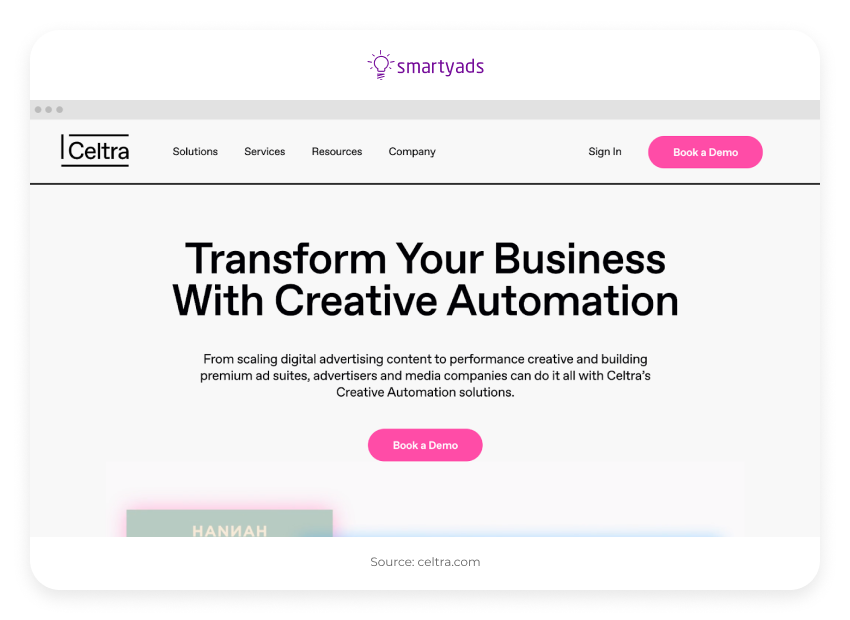
Overview: These platforms offer a suite of tools tailored for the advertising industry, assisting brands in crafting compelling and platform-specific native ads. They provide features like dynamic content optimization, A/B testing, and more.
Native advertising example: Celtra is a renowned creative management platform specializing in streamlining the ad creation process, ensuring that brands produce high-quality native ads optimized for various platforms.
Campaign Management Platforms
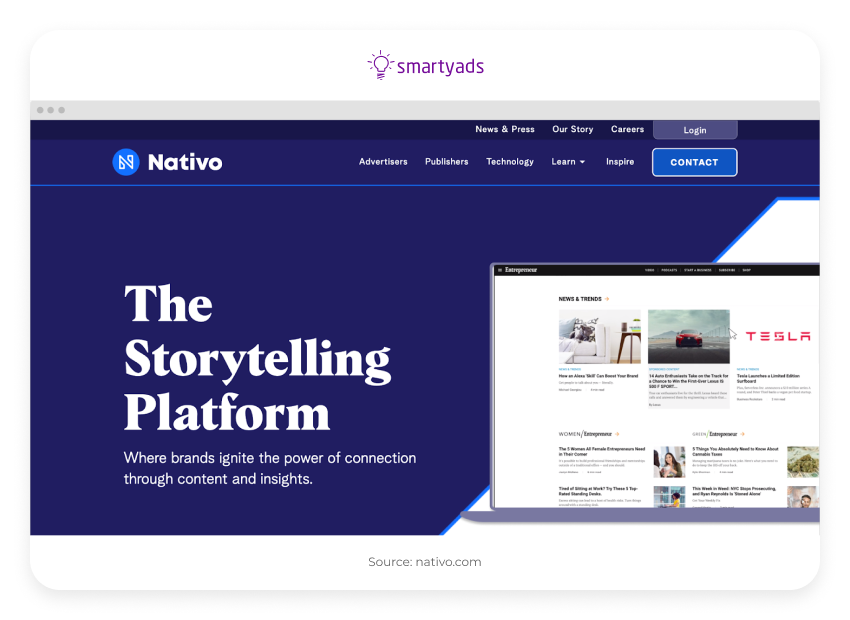
Overview: Managing multiple native ad campaigns across different platforms can be daunting. These platforms streamline the process, allowing advertisers to plan, execute, and monitor campaigns from a centralized dashboard.
Native advertising example: Nativo is an emerging platform that offers a comprehensive suite for managing native ad campaigns, from content creation to distribution and performance analytics.
Tracking and Analytics Platforms
Overview: Understanding the performance of native ads is crucial. These AdTech-specific tools provide in-depth insights into metrics like engagement rates, click-through rates, and conversions, helping brands refine their strategies.
Native advertising example: Adjust is a specialized platform that offers granular analytics for native ad campaigns, providing advertisers with actionable insights to enhance campaign effectiveness.
Programmatic Advertising Platforms
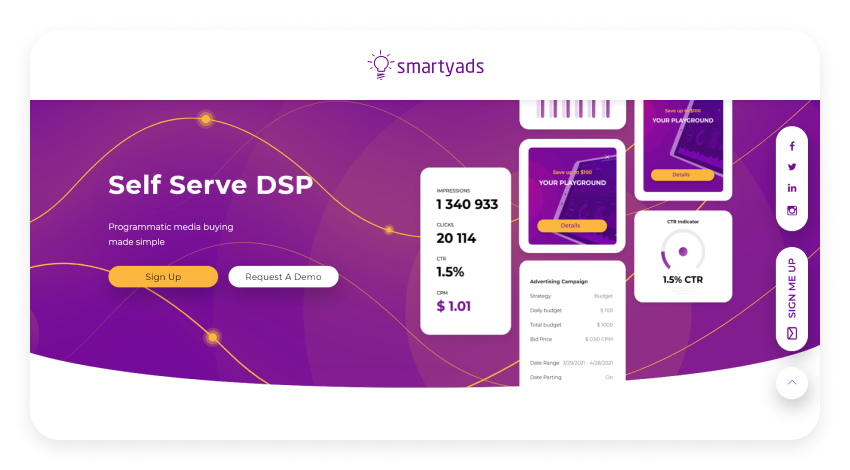
Overview: These platforms automate the buying and selling of native ad inventory, leveraging data to ensure native ads are displayed to the most relevant audience segments.
Native advertising example: SmartyAds DSP offers users the ability to seamlessly run and monitor their native ad campaigns. Advertisers can start campaigns across several channels, leveraging in-feed and mobile ads and content recommendation widgets.
Granular targeting settings help programmatic teams effectively reach their audiences and better understand how different audiences interact with native ads.
Incorporating AdTech tools into a native advertising strategy can be a game-changer for brands. By leveraging the capabilities of these platforms, advertisers can craft campaigns that reach their desired audience and create genuine value, solidifying their presence in the competitive digital landscape.
FAQ
What is native advertising?
Native advertising is a form of paid ads where the ad experience follows the natural form and function of the platform on which it is placed. It blends seamlessly with the platform's content, making it less intrusive and more engaging for the audience.
How are native advertising examples different from banner ads?
While both are forms of digital advertising, display ads are typically banners placed on websites, which can often stand out or interrupt the user's experience. Native ads, on the other hand, integrate smoothly with the content, enhancing the user's online journey.
On which platforms can I run native ads?
Native ads can be run on a variety of platforms, including social media sites (like Facebook and Instagram), news websites, content recommendation engines, and even mobile apps. The key is to ensure the ad aligns with the platform's aesthetics and user expectations.
How do I measure the success of a native ad campaign?
Success metrics for native advertising can include engagement rates, click-through rates, brand recall, conversion rates, and more. AdTech tools can provide detailed analytics to help brands understand the performance of their native ad campaigns.
Are native ads more expensive than average ads?
The cost of native ads can vary based on the platform, audience targeting, and campaign duration. However, due to their higher engagement rates and potential for better ROI, many brands find them cost-effective in the long run.
How do I ensure my native ads resonate with my target audience?
Understanding your audience is key. Craft content that provides value, matches the platform's tone and addresses the interests or needs of your target demographic. Exploring native advertising examples released by your competitors and testing and optimizing your ads based on performance data can enhance their effectiveness.
Can I use programmatic advertising for native ads?
Yes, programmatic platforms like The Trade Desk allow advertisers to automate the buying and selling of native ad inventory, ensuring that ads reach the most relevant audience segments.
The bottom line
In the dynamic realm of digital marketing, native advertising is a great example of innovation and user-centricity.
By prioritizing genuine value and seamless integration, native ads have redefined how brands communicate with their audience. They offer a refreshing departure from the often intrusive nature of traditional ads, paving the way for meaningful interactions and lasting impressions.
Thus, native advertising is not just a fleeting trend; it's a testament to the evolving needs of the digital audience. As the lines between content and advertising continue to blur, native advertising emerges as the bridge connecting brands and consumers in an authentic, value-driven manner. That's why marketers should keep an eye on high-performing native advertising examples and look for ways to implement these formats in their campaigns.
Searching where to launch a great native campaign? Automate targeting and delivery with SmartyAds DSP!
